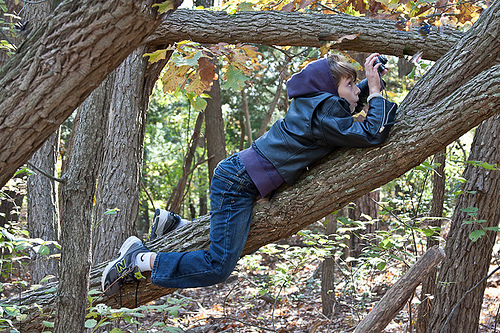This month consists of an exciting repertoire of respected scientists casting their vote in favor of nature engagement.
In an increasingly urbanized planet, close and consistent connection to nature has become rare in many places. Millions of people spend hours working indoors, driving or riding public transportation. In order to minimize unsustainable urban sprawl, cities have become increasingly dense, with living and working spaces layered on top of each other and encroaching on parks and other green spaces.
“We want to reimagine cities as places of nature. There is already so much nature in cities – trees, birds, parks, aquatic habitats – but there is a lot more we can do to understand, protect and care about that.” – Tim Beatley, University of Virginia.

Humans are meant to live in nature, even when they live in cities. Beatley calls it “biophilia” – the notion that humans have an innate need to remain closely connected with flora and fauna.
That is the basic premise behind the Biophilic Cities Network, a University of Virginia led coalition promoting greener cities around the world. On Independence Day 2016, Washington D.C. became the latest partner city to sign onto the project, joining major international hubs including Edmonton, Shanghai, Singapore, San Francisco and Wellington, New Zealand.
Another researcher, Kahn, who directs the Human Interaction with Nature and Technological Systems Lab at the University of Washington (in the U.S.), and co-author Terry Hartig at Uppsala University in Sweden, refer to research that shows the emotional and mental strain cities can have on people. Reduced access to nature is a contributing cause to mental illnesses and mood disorders in urban areas. City dwellers in increasingly dense urban areas may have little or no contact with the natural world in their daily lives. That void is producing ‘environmental generational amnesia,’ a term Kahn coined and elaborates on in a recent book that describes how each generation creates a new idea of what’s environmentally normal based on experiences in childhood.
“If, for example, a child never crawls through the dirt looking for critters, or never cranes her neck to take in the upward expanse of an old Douglas fir tree, she may not see as an adult that forests are degraded or certain species need protection.”
In another study, “We found strong evidence supporting the benefits of neighborhood green space in reducing aggressive behaviors. The results of our adjusted analyses suggest a consistent pattern of decreased aggression associated with increasing residential green space within a 1000-meter buffer.”
These researchers found no evidence this impact was limited to wealthier or poorer neighborhoods, and report it still held true after accounting for such factors as traffic density and proximity to freeways. The researchers describe several “possible pathways” that could explain their results. Easy access to the natural world may reduce maternal stress, which can lead to children acting out. It can encourage physical activity, reduce air pollution levels, and “act as a buffer for ambient noise.” This month we celebrate an increase in research investigating nature engagement among our youth, and hope for a future of engagement and action.
